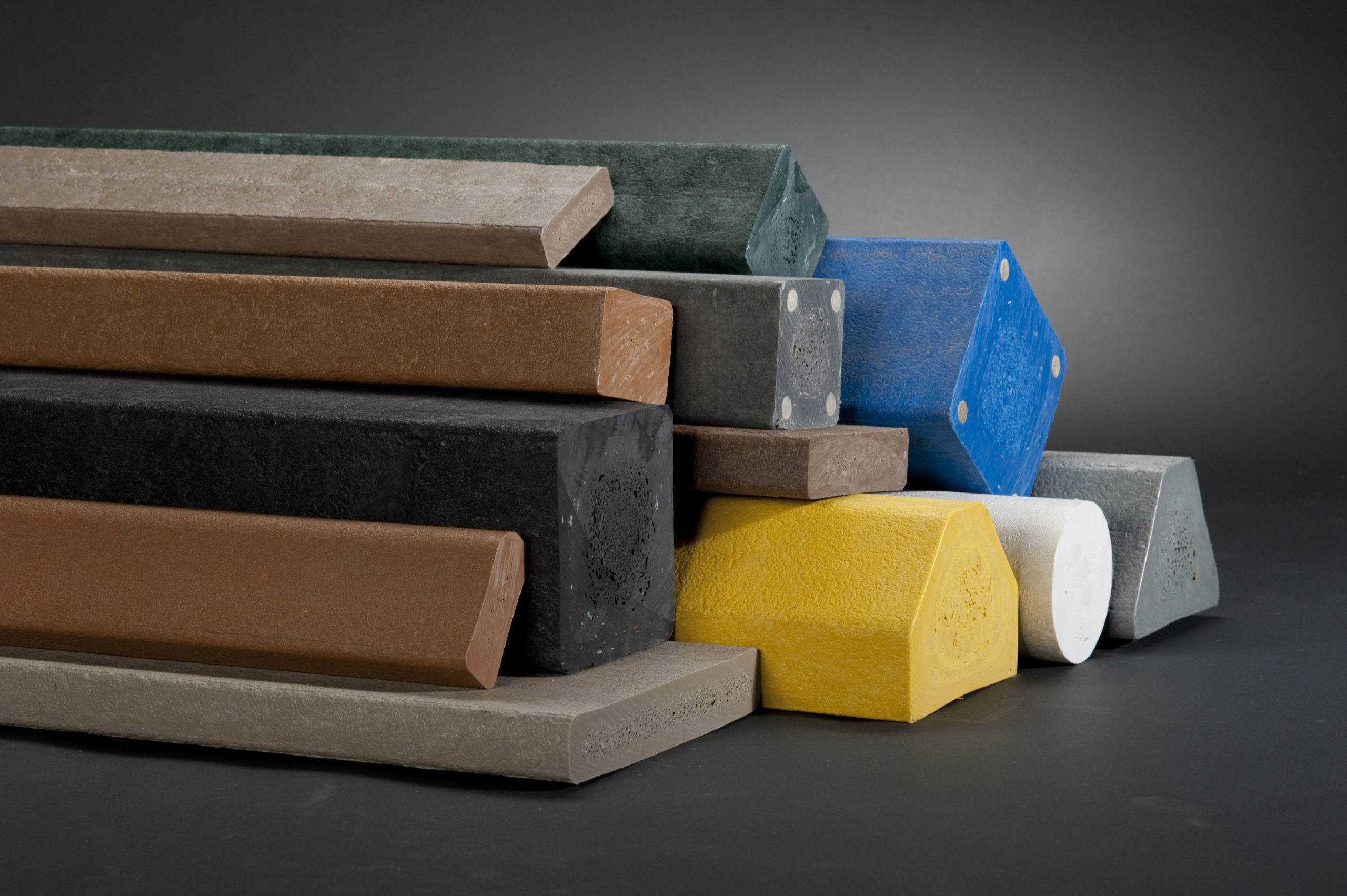Composites: Solid and Resilient Building And Construction Materials
Wiki Article
Unlocking the Environmental Advantages of Recycled Composites in Building And Construction and Style
In the realm of construction and layout, the use of recycled composites holds significant promise for improving sustainability techniques and reducing ecological influence. The shift in the direction of a more lasting future in these sectors hinges on unlocking the complete capacity of recycled compounds.
Environmental Impact Reduction
The reduction of ecological effect with the usage of recycled compounds in building and style plays an important duty in lasting methods. By integrating recycled composites right into structure materials, the building market can considerably reduce its carbon footprint and contribute to a much more green future. These sustainable products, made from repurposed plastics, wood fibers, or various other recycled aspects, supply a sensible alternative to standard building materials without compromising on top quality or sturdiness.
Recycled composites aid divert waste from landfills and decrease the need for extracting resources, thus saving natural resources. Additionally, the production process of these composites usually eats much less power and releases fewer greenhouse gases compared to creating virgin materials (composites). This shift towards making use of recycled compounds not only decreases environmental damage but additionally advertises a round economy by urging the reuse of products that would certainly or else be thrown out
Waste Reduction
With a focus on minimizing waste in construction and layout, the integration of recycled compounds provides a sustainable service to reduce ecological influence. Waste minimization is a critical element of lasting practices, and the usage of recycled composites provides a possibility to achieve this objective successfully. By utilizing products that have actually already served their first objective, such as recycled plastics or recovered wood fibers, the construction and style sectors can substantially lower the quantity of waste created and sent out to landfills.Recycled composites have the prospective to divert significant amounts of waste from typical disposal methods, adding to a more circular economic climate where resources are utilized successfully. Additionally, the manufacturing procedure of recycled composites typically consumes much less power and generates less emissions compared to virgin materials, further decreasing the ecological impact of building and design projects.
Implementing waste minimization techniques with the unification of recycled compounds not only assists in preserving all-natural resources however also advertises a much more lasting approach to building and making for a greener future.
Energy Preservation
Integrating recycled composites not just reduces waste in construction and style however likewise plays an important function in improving energy conservation techniques within the industry. The usage of recycled compounds in building can considerably add to energy preservation with different means. Firstly, the production of virgin materials commonly requires considerable energy inputs, whereas making use of read the full info here recycled compounds consumes less energy, thereby lowering overall energy intake. In addition, including recycled compounds can add to much better insulation properties in buildings, decreasing the need for excessive home heating or air conditioning, and consequently reducing power usage for climate control. The light-weight nature of many recycled composites can lead to lighter structures, calling for much less power for transportation and installation. By promoting using recycled compounds in construction and layout, the market can make considerable strides towards attaining energy effectiveness and decreasing its carbon impact, ultimately contributing to a much more sustainable developed atmosphere.Carbon Footprint Decrease
Enhancing sustainability methods through the use of recycled composites in building and construction and design considerably reduces the carbon impact of the sector. By integrating recycled materials right into the production of composites, the demand for virgin sources decreases, resulting in lower energy intake and greenhouse gas exhausts connected with standard manufacturing processes. This decrease in carbon footprint is vital in combating climate modification and advertising a much more eco-friendly approach to building and construction and layout.The carbon impact decrease achieved with the adoption of recycled composites aligns with the global press towards lasting techniques and the decrease of industrial exhausts. Ultimately, by prioritizing the integration of recycled compounds, the market can make substantial strides in lowering its carbon impact and contributing to an extra sustainable future.
Sustainable Future
The combination of recycled composites in building and construction and design not only addresses prompt environmental issues yet additionally lays a strong structure for a sustainable future in the sector. By integrating recycled composites right into building products and products, the building and construction and design industries can dramatically minimize their dependence on virgin sources, leading to a more round economic situation. This shift in the direction of sustainability is crucial for mitigating the environmental effect of standard building methods, which typically cause high degrees of waste generation and resource exhaustion.

Final Thought
To conclude, recycled composites provide significant environmental advantages in building and design by reducing ecological effect, minimizing waste, preserving energy, reducing carbon footprint, and promoting a sustainable future. Welcoming making use of recycled composites can add to a much more environmentally-friendly strategy to building and layout, eventually bring about a much more lasting and greener future for all.The reduction of ecological effect via the use of recycled compounds in building and style plays an essential function in lasting practices.With a focus on lessening waste in building and layout, the assimilation of recycled composites uses a lasting remedy to decrease environmental impact. By advertising the usage of recycled compounds in building and layout, the market can make considerable strides towards attaining power performance and reducing its carbon footprint, eventually contributing to a more sustainable built atmosphere.

Report this wiki page